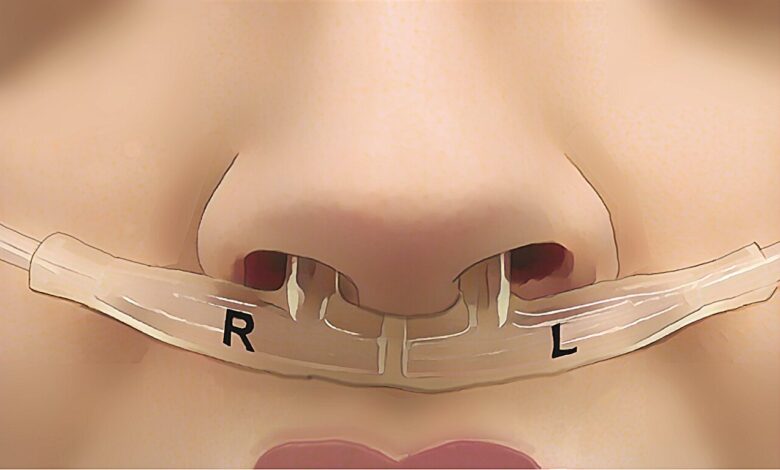Humans have unique breathing ‘fingerprints’ that may signal health status

A groundbreaking study published in Current Biology has revealed that individuals can be identified based on their unique breathing patterns with an impressive accuracy of 96.8%. These nasal respiratory “fingerprints” not only offer a means of identification but also provide valuable insights into an individual’s physical and mental health.
The research, conducted by a team from the Weizmann Institute of Science in Israel, was inspired by the intricate connection between the brain and breathing. The team developed a wearable device that continuously tracks nasal airflow for 24 hours using soft tubes placed under the nostrils. Unlike traditional breathing tests that focus on lung function or disease diagnosis in brief snapshots, this innovative approach captures subtle patterns in breathing.
Lead author Noam Sobel describes this new method as a “brain readout” that offers a fresh perspective on the complexities of respiration. The study involved fitting 100 healthy young adults with the device and analyzing their breathing patterns. Remarkably, individuals could be identified solely based on their unique breathing patterns with remarkable accuracy, comparable to voice recognition technologies.
Co-author Timna Soroka was surprised by the distinctiveness of each individual’s breathing patterns, even in various activities such as running, studying, or resting. The study also found correlations between respiratory fingerprints and factors such as body mass index, sleep-wake cycle, levels of depression and anxiety, and behavioral traits. For instance, individuals with higher anxiety scores exhibited specific breathing patterns during sleep.
The results suggest that long-term monitoring of nasal airflow could provide valuable insights into an individual’s physical and emotional well-being. This innovative approach may pave the way for new interventions that leverage breathing patterns to improve mental and emotional states. However, the current device has limitations, including discomfort associated with nose tubes and challenges with mouth breathing during sleep.
The research team is working on developing a more discreet and comfortable version of the device for everyday use. They are also exploring the possibility of using healthy breathing patterns to positively influence mental and emotional well-being. The potential for this technology to transition from diagnostics to treatment is an exciting prospect for the future of healthcare.
For more information on this groundbreaking study, you can refer to the research article titled “Humans Have Nasal Respiratory Fingerprints” published in Current Biology. The DOI for the article is 10.1016/j.cub.2025.05.008, and it can be accessed at www.cell.com/current-biology/fulltext/S0960-9822(25)00583-4.





